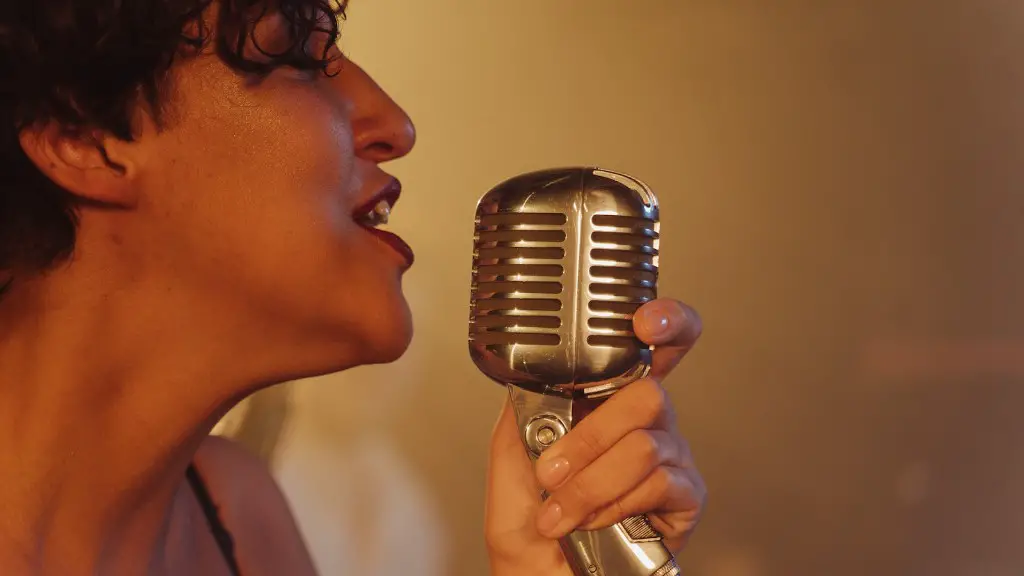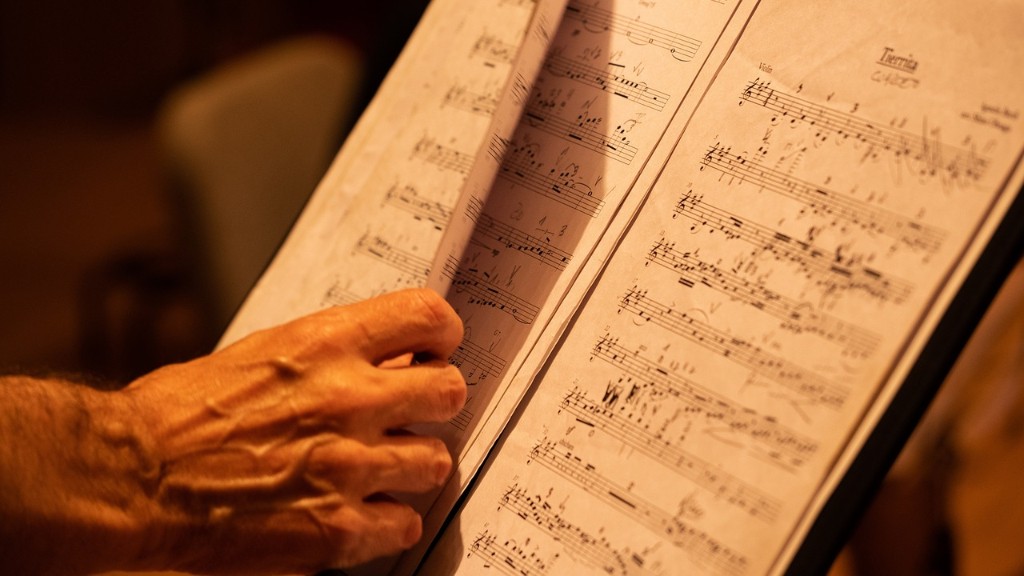How To Draw A Desert
Since time immemorial, depicting a desert in a painting has been an art form all on its own! There is something almost magical about deserts – their untouched beauty, the vast expanse of barren land, the towering sand dunes, the windblown sand and the infinite sky. So if you’re wondering how to draw a desert, then you’re in luck! There are some tips and tricks that you can use to make your painting look truly majestic.
For starters, the sky is an important part of your painting. Make sure you capture its orange-golden glory or the deep purples and blues at sunset. Make the sky a prominent feature of your piece and paint it in sweeping brushstrokes. Small lines make sand dunes look more realistic, so try adding a few of those too.
When it comes to painting the sand and dunes, choose a couple of shades of yellow and orange and blend them together to create the look of sand. Vary the shades every few inches and make sure to dabble in some deeper shades for contrast. To make your dunes look more real, add a bit of texture to them with some light shading and thin lines running throughout.
Don’t forget about the mountains! They will help to create the feeling of depth in your painting and give it a sense of scale. Deserty mountains have delicate and subtle shades, so make sure you don’t overwhelm them with bright colours. If you’d like to add some drama, you can try adding a few jagged lines or a rocky texture.
When you come to the details of the drawing, think about subtle shadows and highlights to give your painting an extra layer of depth. A few rocks and small plants will help to add life to your painting – again subtle shading will help with that. You can even sprinkle some lines that look like sand being pushed around by the wind, or add a few stars to the night sky.
Adding Life To Your Desert Landscape
Of course, if you’re looking for more movement and life in your desert painting, you can also add a couple of animals like camels and snakes. These little figures are a great way to bring some character and life to your painting. They don’t have to be painted in great detail, a few simple lines and a touch of shading are enough to make them stand out.
If you’re feeling extra creative, you can try adding some human elements to your painting. Try a small figure walking through the sand or a family sitting under a tree. Once again, make sure to keep the figures small and subtle or they will take away all the attention.
To make your painting even more unique and remarkable, you can use vibrant shades of yellow, orange and red. These will help to give your painting a dream-like quality, as if it was a reminder of a place that no longer exists. You can also use some cool blues as an accent colour, to give your painting a bit of coolness and mystery.
Finally, think about the composition of your painting. A small focus for your painting, such as a single plant or animal, will draw the viewer in, while the sand dunes or mountains will take them on a journey. Think about how you want your viewer to experience the painting, and play with the placement of your elements until you get the desired effect.
Painting The Perfect Desert Landscape
If you’re looking to paint the perfect desert landscape, the key is to be creative! Play with the colours, textures, and elements until you find something that works for you. You might even want to mix in some abstract shapes and symbols for added depth. Have fun with your painting and don’t be afraid to make mistakes – you’ll be surprised at what you can achieve!
Start by focusing on the sky. Pick a colour that you think best captures the beauty of the desert. Then start painting in layers, adding smaller details each time until you get a sense of depth and detail. Be sure to think about the shadows and highlights as this will help to give your painting a more realistic look.
When painting the sand, pick different shades that are complementary to one another and blend them together. You can even make the sand look more realistic by adding in some small lines and a bit of shade. Once your sand is ready, start adding in the details. Think of small rocks, trees, and even animals – anything that will help to create interest and movement in your painting.
If you’d like to add some human elements to your desert landscape, try adding a small figure walking or even a family or tent. The same goes for any other object that you’d like to add to your painting. Make sure you keep it simple as this will make it look less cluttered and more natural.
Finally, think about the composition – how you want to arrange your elements in the painting. Use proportion and scale to contrast the elements in your painting, and make the most of the negative space to create a sense of balance. Remember, the key to painting a perfect desert landscape is to be creative and let your imagination run wild!
Applying Final Touches To Your Desert Painting
Once you have all the elements in place, it’s time to add the final touches to your painting. Think about the colours that you’d like to use and how they will complement the rest of the pieces. You can also experiment with different effects and textures – adding some light brushstrokes or a bit of shading can make a big difference!
When it comes to the details, make sure you take your time. Try adding a few stars to the night sky, or small lines that look like sand being pushed around by the wind. It’s also a good idea to add some shadows or highlights to create a sense of depth. A few small plants or animals will also bring your painting to life and make it look more realistic.
Remember to have fun with your painting. Don’t be afraid to let your imagination run wild! Mix in some abstract shapes or symbols to give your painting an extra layer of depth and an interesting vibe. Vibrant shades of yellow, orange and red will give it a dreamy quality, while cool blues and purples will help to add more depth and mystery.
Once you have all the elements in place, it’s time to admire your masterpiece! Be proud of the painting you’ve created – you did a great job! Feel free to share your artwork with friends and family, and be sure to leave them in awe with your beautiful desert landscape painting.



